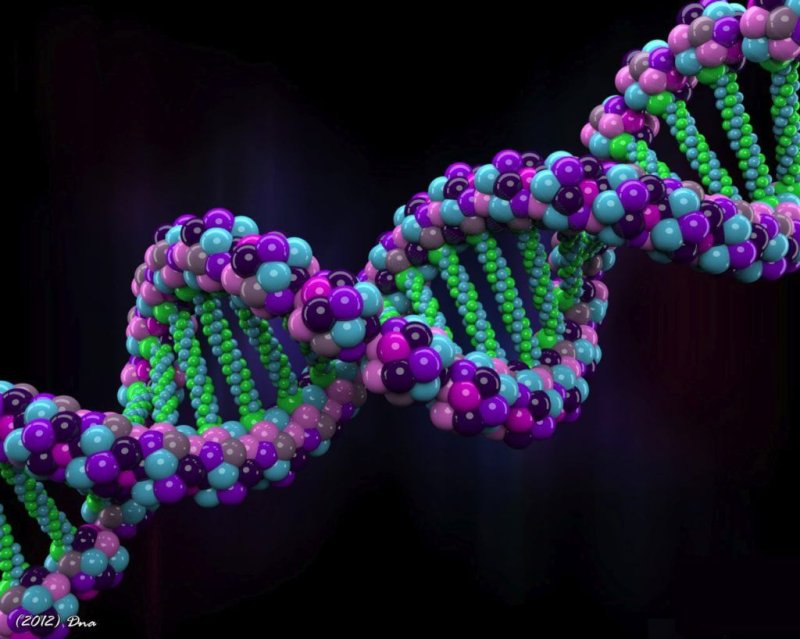UC San Francisco scientists have used a high-throughput CRISPR-based technique to rapidly map the functions of nearly 500 genes in human cells, many of them never before studied in detail.
…
“We have a good understanding of the functions of about 1,000 to 2,000 critical human genes that – deservedly – have been very well studied,” said UCSF cancer biologist Luke Gilbert, PhD, one of the new study’s two senior authors. “But that’s less than 10 percent of the 25,000 genes in the human genome. Of the rest, perhaps half have been studied at least a little by someone, and the other half we know next to nothing about.”
…
The approach involves systematically shutting down pairs of genes in individual cells and measuring how the cells respond, which teaches researchers about the relationship between the two genes. In some cases, scientists observe that shutting down either gene in a pair does as much damage to the cell as shutting down both, which suggests that the two genes are part of the same functional system.
…
The researchers showed that their new gene interaction maps captured 80 percent of known functional relationships between the genes being studied, but that the majority of strong interactions revealed by the new data were novel – not catalogued in standard databases of gene function.
Read full, original post: CRISPR-Based Tool Maps Gene Function in Human Cells































